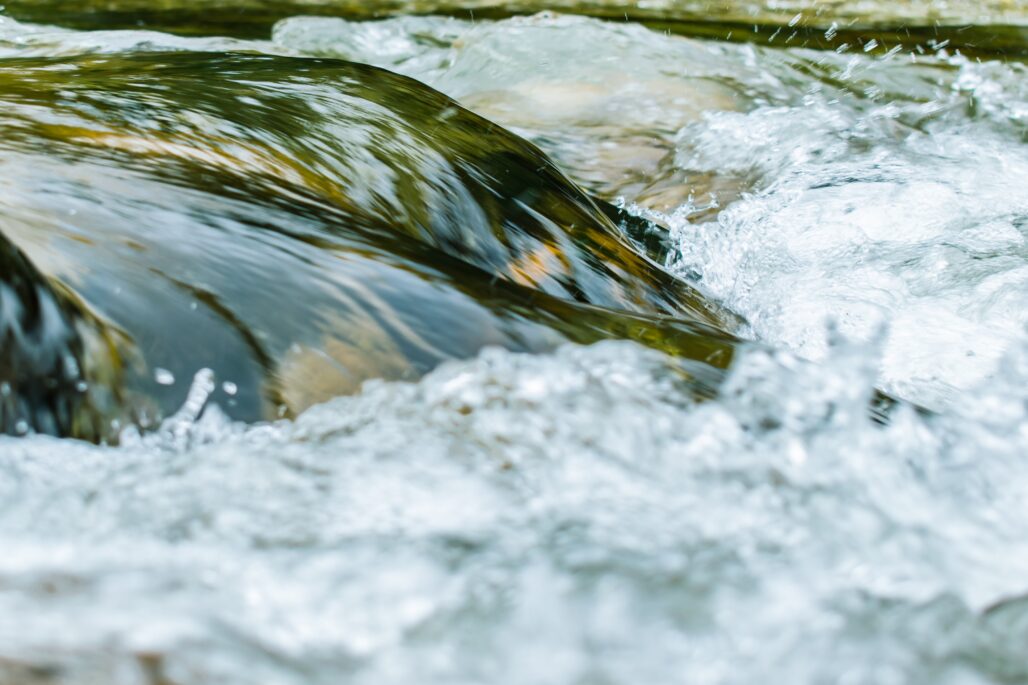The ORPHEUS project compares membrane distillation and freeze-concentration
Currently the process industry generates a significant amount of wastewater. These streams often contain (traces of) organic components in addition to salts. Discharging them is becoming increasingly difficult due to strict emission legislation. Diluting them is not permitted and transport and processing is costly. Concentrating these streams would not only cut the costs but it could also help in the process of recovering the salts as well as the water that can then be re-used. In the ORPHEUS project, ISPT, Nouryon, KWR, VITO and Cool Separations investigated different techniques to find out how to best concentrate and separate these wastewater streams. Depending on the conditions membrane distillation appeared economically best suited for industrial streams (of up to 10 m³/h) when residual heat was available, and freeze-concentration was economically more feasible when it wasn’t.
Technologies used to concentrate saltwater streams
Various technologies are currently available for concentrating saltwater streams. On an industrial scale mainly thermal (evaporation and distillation) and the membrane (reverse osmosis) techniques are used. Reverse osmosis, however, is only feasible for saltwater streams with salt concentrations that are below 70 – 80 g/l NaCl. These streams can be further concentrated using thermal separation methods, but the costs strongly depend on the scale on which this technology is applied. Industrial residual flows often have a flow of between 1 and 10 m³/hour, this volume is too small to make a technology like multi-effect evaporation economically viable. Best suited for these volumes appear to be two innovative de-salting technologies; membrane distillation and freeze-concentration.
How do these technologies work?
Membrane distillation is a technology that makes use of the difference in vapour-pressure between water and other components. In this thermally driven process the water is heated and vapour can pass through the hydrophobic membrane leaving the concentrated brine on the other side. Energy in the form of heat (50-80°C) is required for this technology to work. In freeze-concentration the salt wastewater streams are cooled. When the mixture reaches the freezing point of water, the water will freeze, leaving the salt behind as a concentrated brine. This concentrated brine can then be cooled to an even lower temperature and, because saltwater has a lower freezing point, form ice at cooler and cooler temperatures. This can be repeated until the brine reaches the saturation point of the salt, this is called the eutectic point. For this technology electricity is required to run the cooling process.
Technical feasibility
Over the years the use of membrane distillation and freeze concentration for desalination purposes has been the subject of many research studies. The presence of an organic component can greatly complicate concentrating the salt waste streams. To test the influence of an organic compound on the performance of both desalination technologies, pilot tests were conducted on a salt stream originating from Nouryon to which glycol has been added as organic compound. In membrane distillation, the volatility of the component determines whether it is retained by the membrane, which is the case for the glycol compound. A salt retention of 99.1% was measured at the time of saturation and 83% of the glycol compound was retained. At freeze concentration, the glycol compound lowers the freezing point of the salt stream. Just like the salt, the component remains in solution and ice is formed with a low glycol concentration, 96% of the glycol compound and 98% of NaCl remained in the concentrated stream.

Economic feasibility and conclusions
To compare the two technologies economically, a standard case has been investigated to determine the costs per m3 of the treated stream. The research concludes that both membrane distillation and freeze concentration are suitable for concentrating industrial saltwater streams contaminated with glycol compounds. Membrane distillation is cheaper for flows with a flow rate of 10 m³/hour, if residual heat is present. If no residual heat is available, freeze concentration is economically more advantageous. However, the price for both technologies is highly dependent on the local conditions. That is why a brief economic evaluation must always be carried out for each individual case.